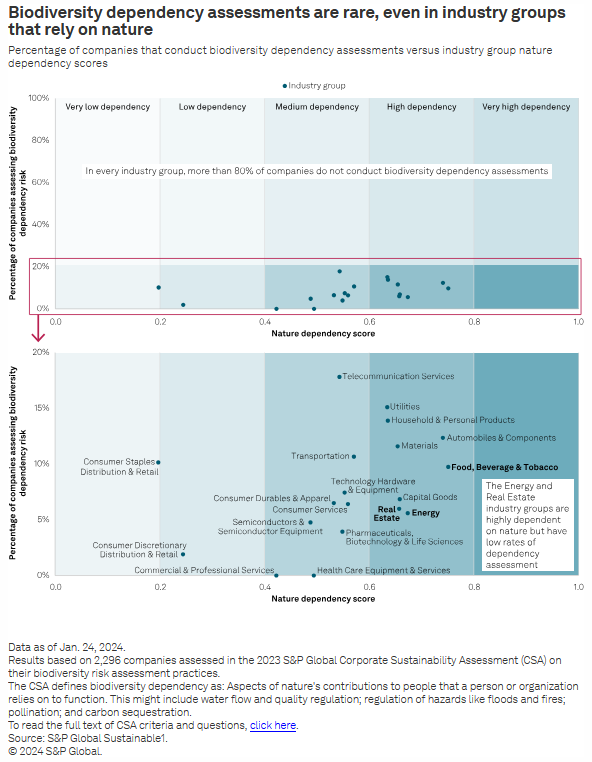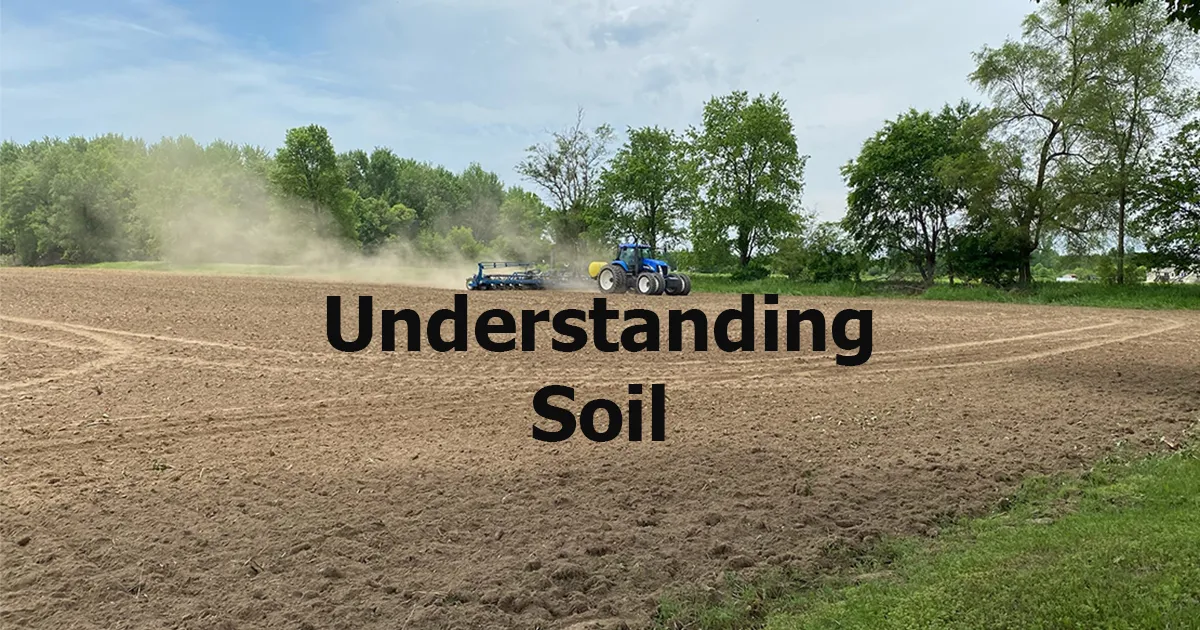I like to tackle problems and opportunities head on. So when we discovered that one of the plants we were breeding captured and sequestered significantly more carbon than others, it created an opportunity to make significant impact to fight climate change.
I’m also aware of the effects of farming on the environment. The EPA estimated that agriculture accounted for 10.6 percent of US greenhouse gas emissions (GHG) in 2021. Globally, Reuters says that agriculture’s contribution to GHG emissions is about one third of the world’s total.
Deforestation and draining peatlands to create cropland contribute to the problem. So does food waste and the energy used to produce and transport it.
Modern farming methods also add to climate change. Common practices like tilling and monocropping (planting the same crop over and over on the same land) strip soils of nutrients and structure which leads to erosion and the further release of greenhouse gases.
To keep crops growing, and put food on our tables, farmers add chemical fertilizers that are energy intensive to produce, can degrade soil and pollute water. The sum of all these activities created an unintended ripple effect that contributes to our climate crisis.
But when it comes to capturing and storing carbon, it’s clear to me that Mother Nature created the most elegant direct air capture and sequestration system. It’s the one that we all learned in high-school chemistry and biology, and it forms the basis for all life on our planet.
Based on photosynthesis and the Calvin Cycle, plants convert energy from the sun into the energy and nutrients they need to grow and thrive. The process also converts CO2 into sugar, which plants use as stored energy, and it’s driven deep into the soil. We also learned in high school that most plants also produce oxygen, the air we breathe, through oxygenic photosynthesis.
At Dynamic Carbon Credits, the ways in which we run our projects use no-till processes, specific ways in which we sow and feed our plants, and the use of harvested plants to create and apply biochar, are all environmentally friendly, capture and sequester carbon and enrich the soil.
Nature-based benefits
I think there are three benefits of nature-based agricultural projects that set them apart from other methods of reducing GHGs.
1. Speed. The climate crisis must be addressed immediately, and nature-based, agricultural approaches provide a fast and effective way to mitigate greenhouse gas emissions.
2. Affordability. Nature-based agricultural projects are cost-effective and orders of magnitude less expensive than engineered approaches to reduce greenhouse gas emissions (I touch on engineered approaches later in this post). Engineered approaches are also slow to bring to market and are economically out of reach for many organizations.
3. Sustainability. Nature-based projects not only capture and sequester harmful greenhouse gasses, but they also restore and revitalize land, promote biodiversity and economic vitality and save water – all of which support the United Nations’ Sustainable Development Goals.
Granted, I come from a farming and land-development background, so that’s my bias, but I think the evidence is clear that nature-based agricultural solutions provide the quickest, most effective and least expensive way to reduce GHGs and address climate change.
An incentive for business to act
The Inflation Reduction Act of 2022 created a national green bank that provides tax deductions and incentives for companies to reduce their carbon footprints and fight climate change.
My simple example below shows the type of internal rate of return a company can achieve by buying quality, direct air capture, carbon credits. Of course, you should consult with attorneys and tax advisors on these credits.
By the way, Dynamic’s nature-based projects meet or exceed EPA guidelines for direct air capture and sequestration of greenhouse gasses, which makes them eligible for the incentive to carbon credit transferees under Section 45Q of the IRS code.

Assumptions: 1. 2,000 metric tons of carbon credits purchased at $500/MT; 2. For tax purposes, the purchase is deemed to have a life of 3 years with straight-line amortization; 3. IRS Section 45Q(a) “Tax Credits” have a value of 30% ($180 tax credit based on a carbon credit of $500); 4. The $180 tax credit doesn’t have an end date, used 5 years; 5. Federal income tax of 21% used state income tax effects have not been considered. Section 6418 transfer of carbon credits – The provisions of 45Q and 6418 apply differently to corporations, S-corporations and disregarded entities under various circumstances.
“Corporate support for nature-based solutions has room to grow”
In March, S&P Global published a report titled, Corporate support for nature-based solutions (NbS) has room to grow in which they explain that efforts by companies to restore and regenerate ecosystems are rare outside of a few industries, but that “NbS can play a larger role in corporate decarbonization and climate adaption strategies.”
S&P’s report and chart below illustrate how many industries have “high levels of nature dependency risk,” yet they neither evaluate nor act on it. My experience is somewhat different and I’m sure it’s because of the business I’m in. The people I talk with are acutely aware of their businesses dependency on nature and they’re turning to us as a potential solution.
Nevertheless, S&P points out that there are plenty of companies that aren’t considering their dependency on nature, and there’s room for companies to grow when it comes to nature-based solutions.

